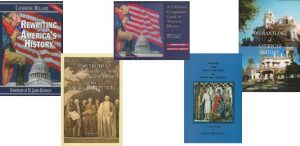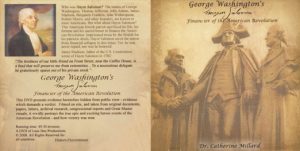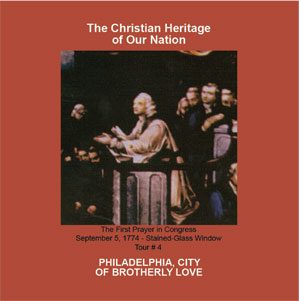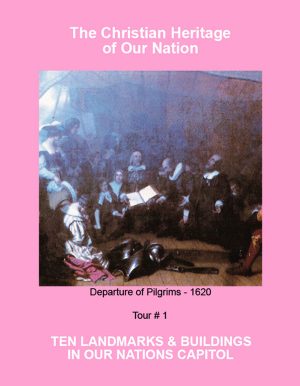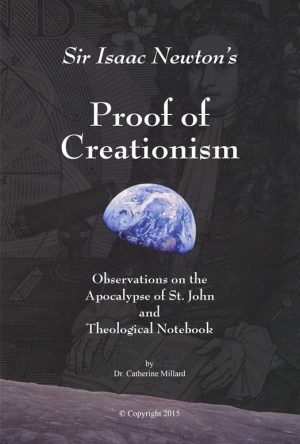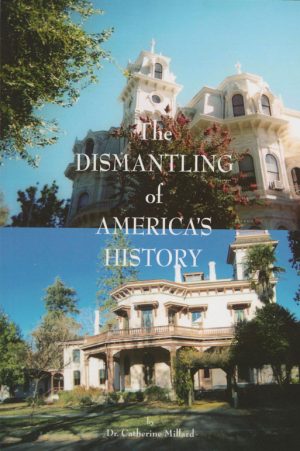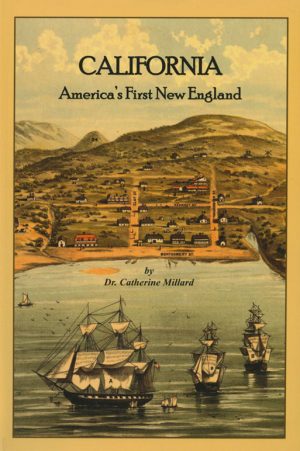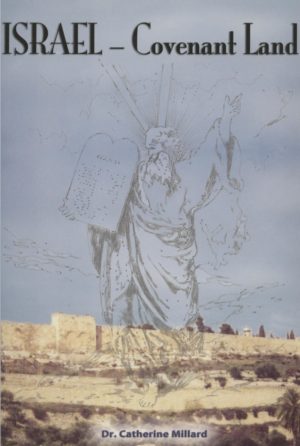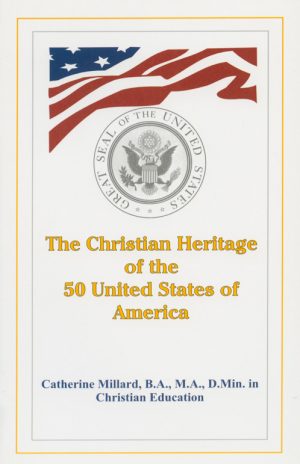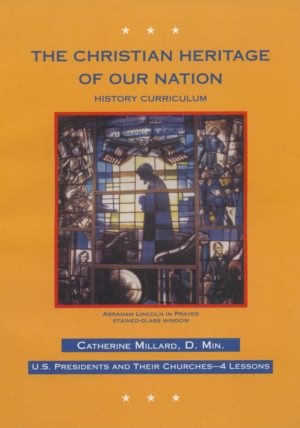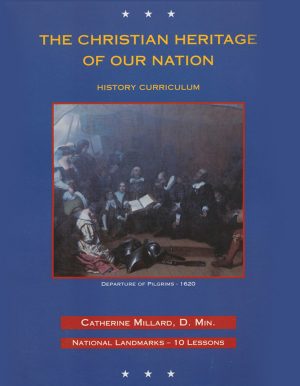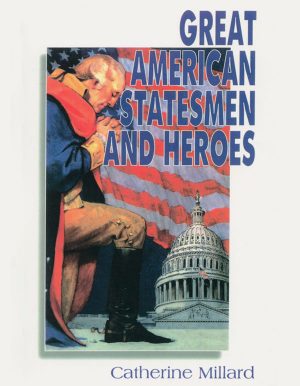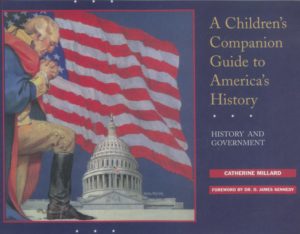John Muir (1838-1914), was an American naturalist. Born in Scotland, the son of a Presbyterian Minister of the Gospel, his family moved to Wisconsin in 1849, and Muir grew up on a farm near Portage. He educated himself by intensive reading and acquired local fame for mechanical contraptions and inventions. From 1860-1863 he attended the University of Wisconsin, following an electric course in science. In 1867, while working in an Indianapolis factory, an accident almost destroyed his sight in one eye, after which he decided to dedicate his life to studying “the inventions of God.” During his walking trip of the Gulf of Mexico, he recorded his observations of people, flora and fauna in a diary, which was published after his death as, A Thousand-Mile Walk to the Gulf (1916). In 1868 he traveled to the Yosemite Valley, spending six years exploring and botanizing its natural scenic beauty. John Muir’s book, My First Summer in the Sierra is dedicated “To the Sierra Club of California, Faithful Defender of the People’s Playgrounds.” Published in 1869, Muir states that “the poor, insignificant wanderer enjoys the freedom and glory of God’s wilderness;” that “wherever we go in the mountains, or indeed in any of God’s wild fields, we find more than we seek;” that “Butterflies colored like the flowers waver above them (the meadows) in wonderful profusion…numbered and known and loved only by the Lord, waltzing together high overhead, seemingly in pure play and hilarious enjoyment of their little sparks of life;” that “Snow that refused to melt in fire would hardly be more wonderful than unchanging dullness in the rays of God’s beauty;” and that “these fleeting sky mountains (clouds) are as substantial and significant as the more lasting upheavals of granite beneath them. Both are built up and die, and in God’s calendar difference of duration is nothing.” The author’s beautifully illustrated book concludes with, “Here ends my forever memorable first High Sierra excursion. I have crossed the Range of Light, surely the brightest and best of all the Lord has built; and rejoicing in its glory, I gladly, gratefully, hopefully pray I may see it again.”1 In the years 1876-1879 he was a member of the United Sates Geodetic Survey in the Great Basin, and made several exploration tours of the Northwest.
While in Alaska, he discovered the great glacier, which now bears his name. Settling with his family in California’s Alhambra Valley in 1881, he became a successful fruit farmer, retiring in 1891 to devote himself to the study of nature.
Muir became internationally known as the leading naturalist of Yosemite, world-famous personages in art, literature and philosophy meeting with him in the Valley. The latter included Asa Gray and George Tyndall, who encouraged him in his arduous task of observing and recording natural, botanical and glacial phenomena. Muir’s wilderness writings and lectures soon gained him further recognition. He criticized the “vulgar, mercenary ‘improvement’ that was destroying the natural beauty and spontaneity of the Valley’s delicate ‘wild gardens.’” Muir contended that it was impossible for “the money-changers to improve” the magnificence of Yosemite…
Yosemite – a National Park
U.S. legislation calling for a “forest reserve” consisting of 932,600 acres around the Yosemite Valley, passed Congress on September 30, 1890. Two articles written by John Muir, and published in Robert Underwood Johnson’s Century Magazine, of August and September, 1890 no doubt influenced the Bill’s passage. Of interest nationwide, they were, Treasures of the Yosemite and Features of the Proposed Yosemite National Park. On October 1st, 1890, President Benjamin Harrison signed the Bill. Secretary of the Interior, John W. Noble declared that this reserve was to be managed as a “public park,” naming it “Yosemite National Park.” At the beginning of 1891, federal cavalry arrived to patrol the park.
The Sierra Club
The Sierra Club was formed in 1892 by academicians from Stanford and the University of California, together with professional and businessmen from San Francisco, John Muir being its president. Their objective was to protect and preserve Yosemite from mercantile endeavors, such as cattle, timber and mines. The Club executives worked well with the Yosemite Commission, Galen Clark continuing his effective improvement of trails, travelers’ hospitality and brush cleaning. In 1890 the commission approved Clark’s brush and tree removal program, conducted from 1891 to 1892…
President Theodore Roosevelt visits Yosemite
In 1903 John Muir received an invitation from President Theodore Roosevelt to join him on a tour of Yosemite Valley. Although Muir knew the President through correspondence, his plans were made to tour the world with his esteemed Harvard friend and botanist, Charles Sargent. Roosevelt’s ensuing letter persuaded Muir to join his Presidential party in San Francisco on May 14, 1903. The President wrote:
I do not want anyone with me but you, and I want to drop politics absolutely for four days, and just be out in the open with you.
Avoiding events, dinners and functions initiated by the Yosemite Commission and other interested groups, the President and the naturalist camped in Yosemite for three days, discussing the preservation of this magnificent State Park. Roosevelt expressed his experience in these terms, “This has been the grandest day of my life! One I shall long remember!”
A recession Bill, requested by John Muir, and drafted by William E. Colby, passed the California Senate by just one vote, in January, 1905.
The First State Park becomes Yosemite National Park
U.S. legislation calling for recession subsequently passed Congress, and was signed by President Theodore Roosevelt on June 11, 1906. Forty-two years after the first State Park – Yosemite, had been established, the Yosemite Valley and the Mariposa Grove of Big Trees were formally incorporated into Yosemite National Park.
This paradise of nature and scenic beauty became more accessible to travelers in 1907, after the Yosemite Railroad between Merced and El Portal had been completed. Frederick Law Olmsted’s vision for the first State Park – Yosemite, conceived at the height of the Civil War as an asylum of natural and botanic splendor, could be enjoyed not just by the affluent few, but –“for public use, resort and recreation, inalienable and for all time.”
To learn more, click here.
____________________
Bibliography:
1Muir, John, My First Summer in the Sierra. With illustrations from drawings made by the Author in 1869 and from photographs. Boston and New York: The Riverside Press Cambridge, 1911.
